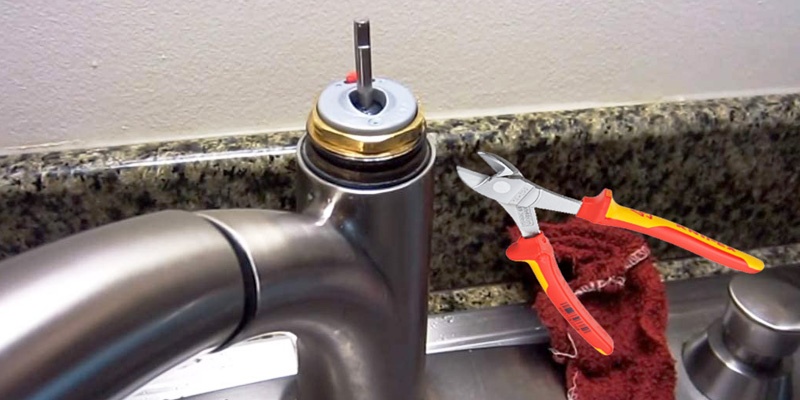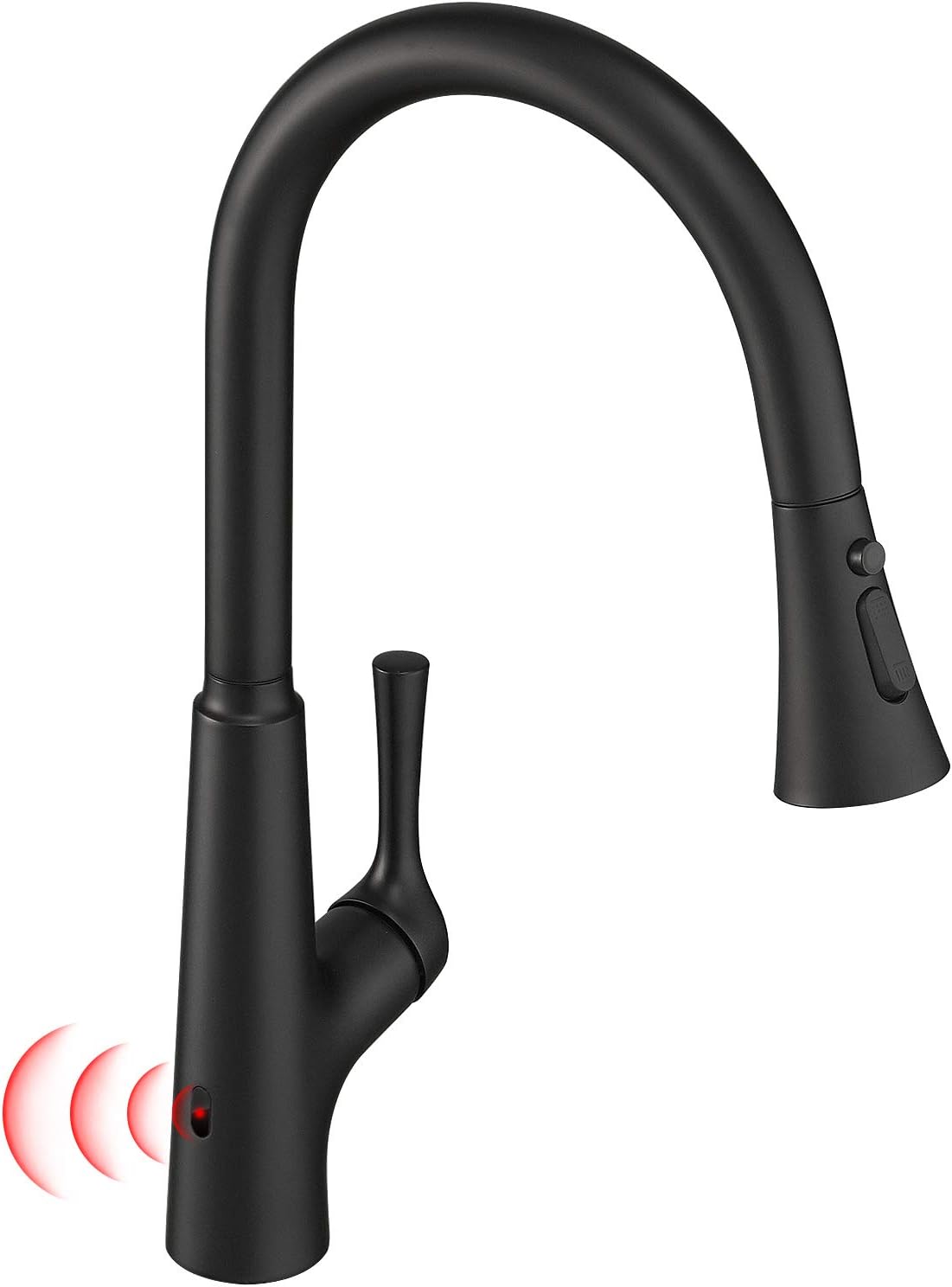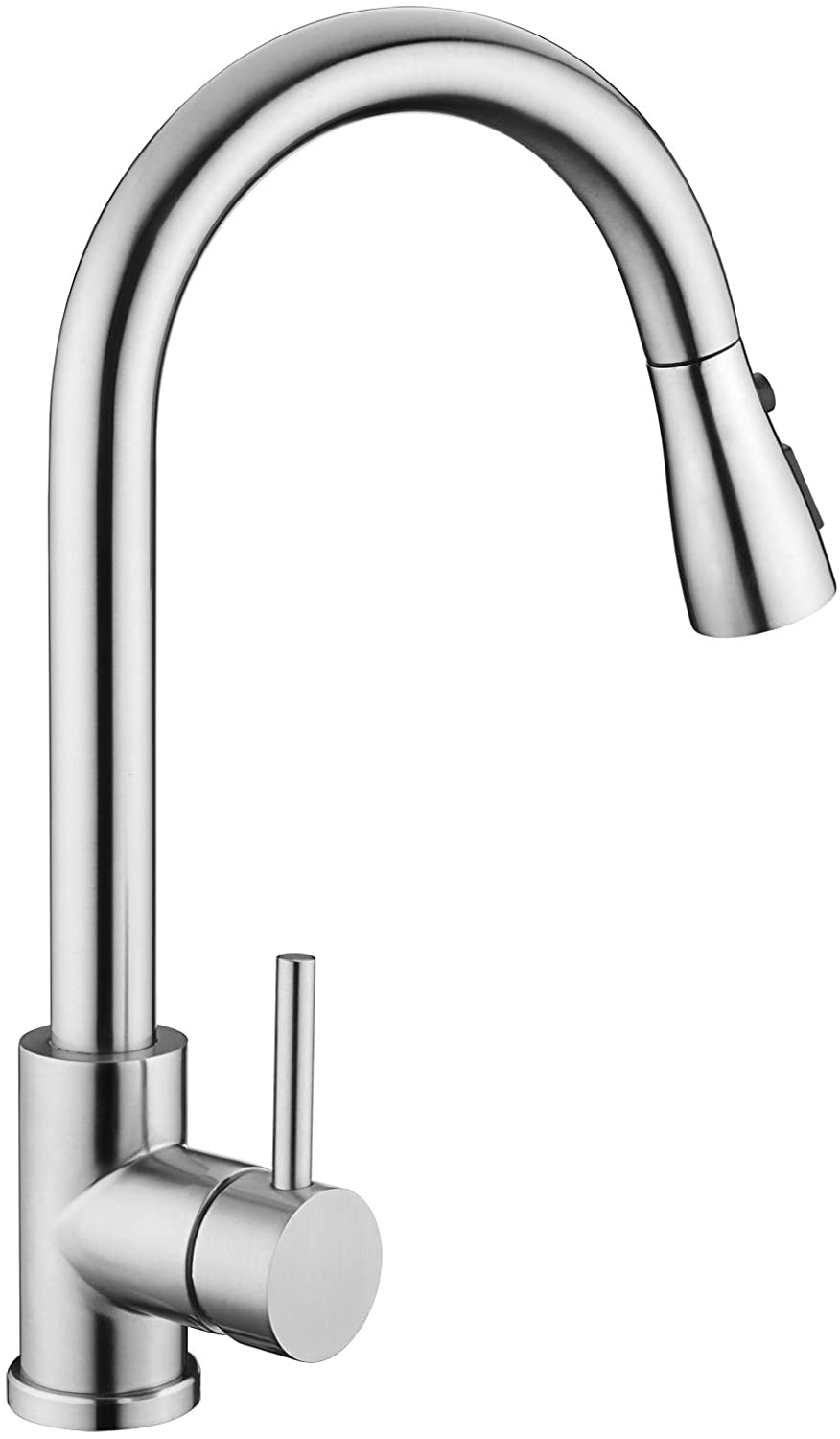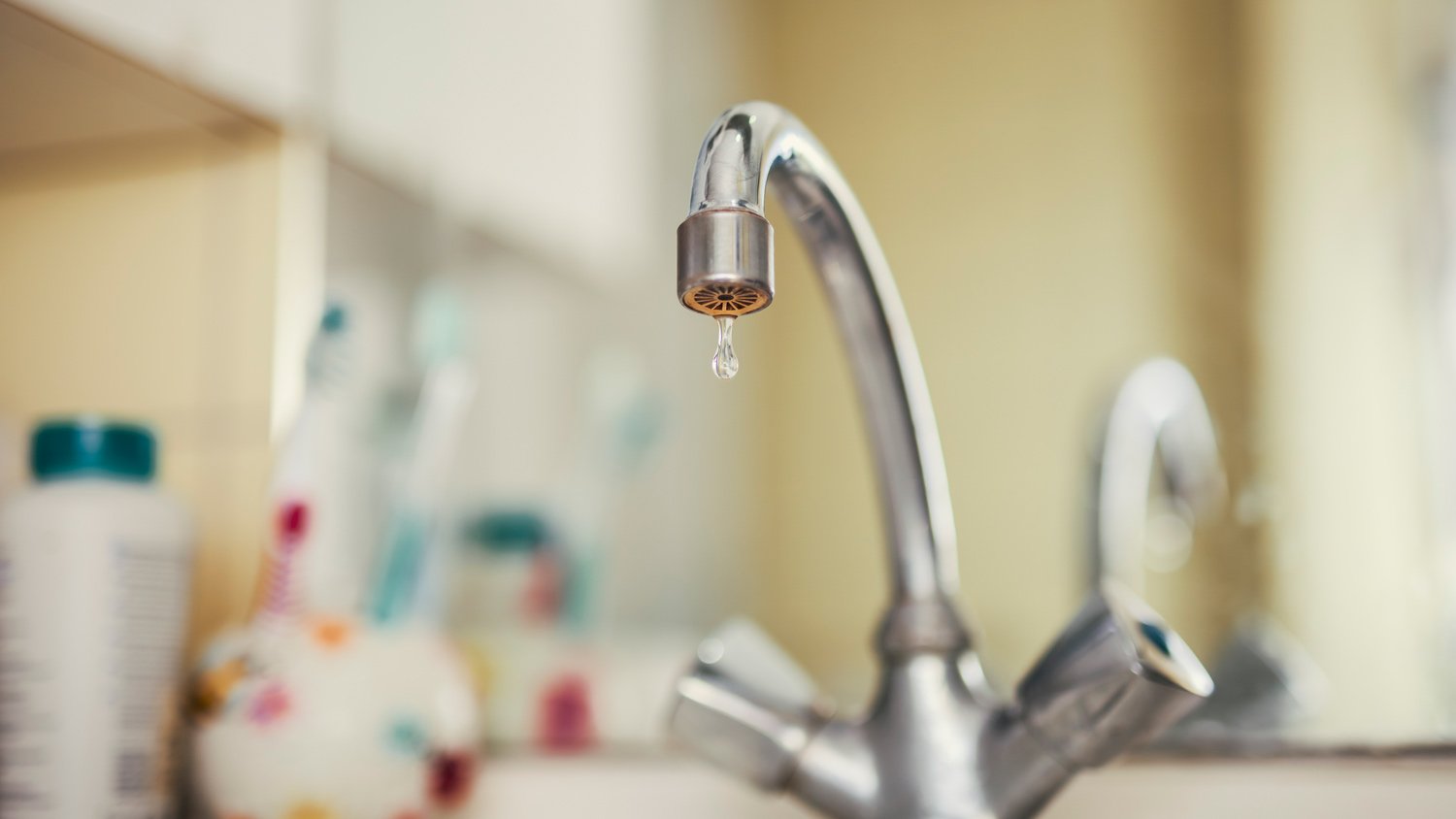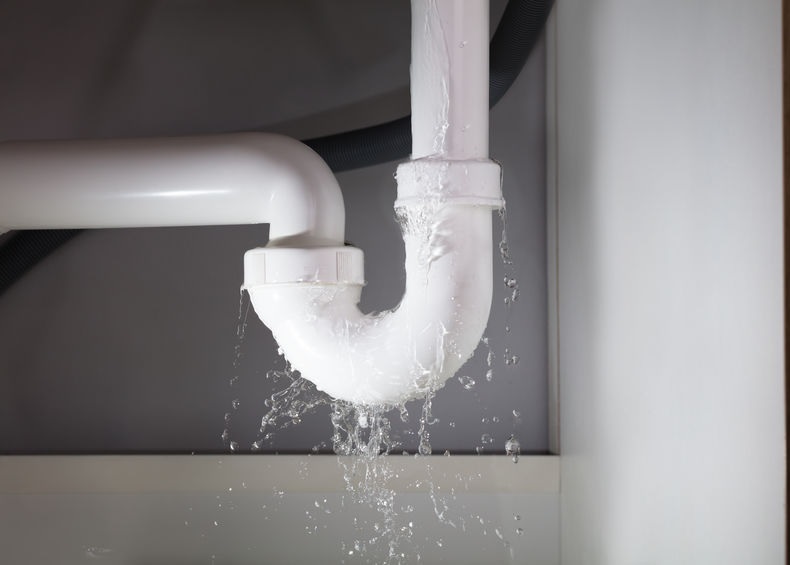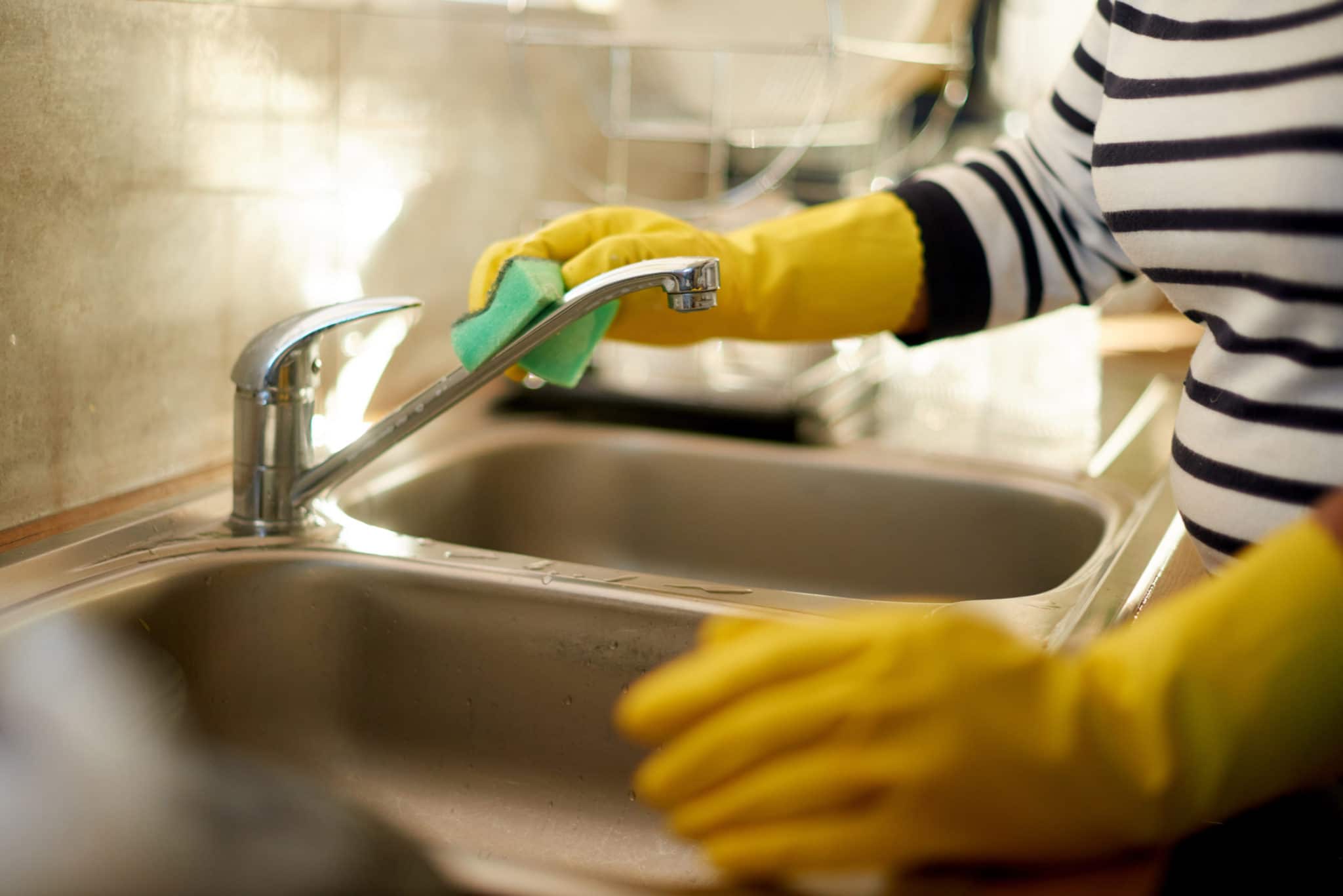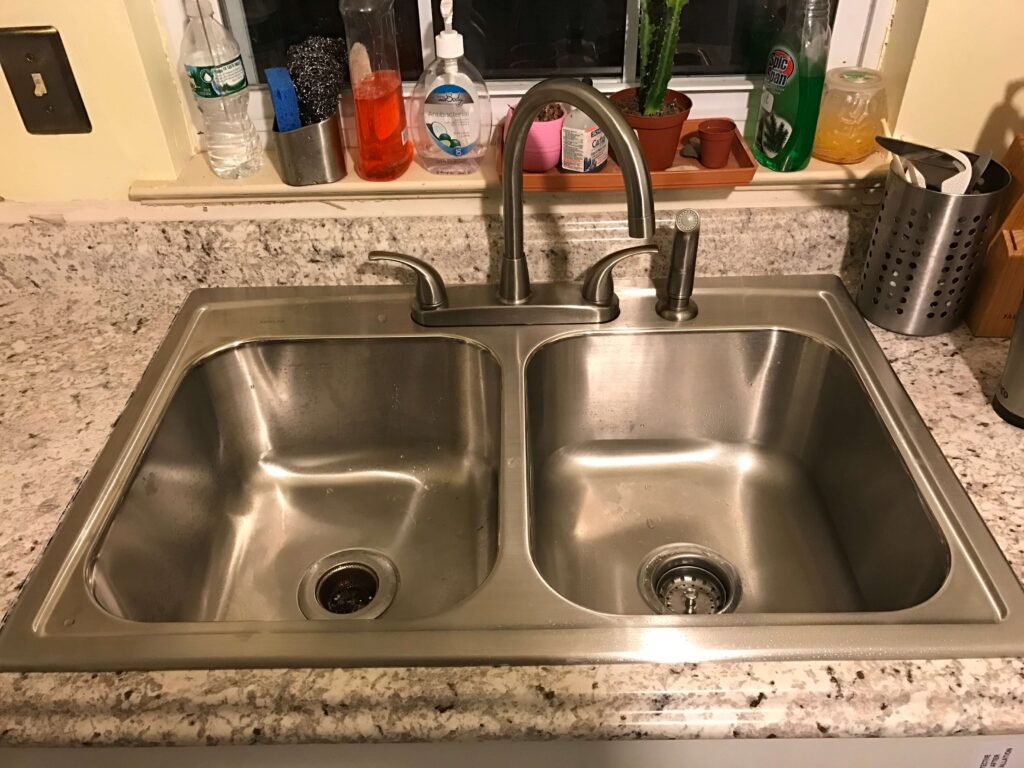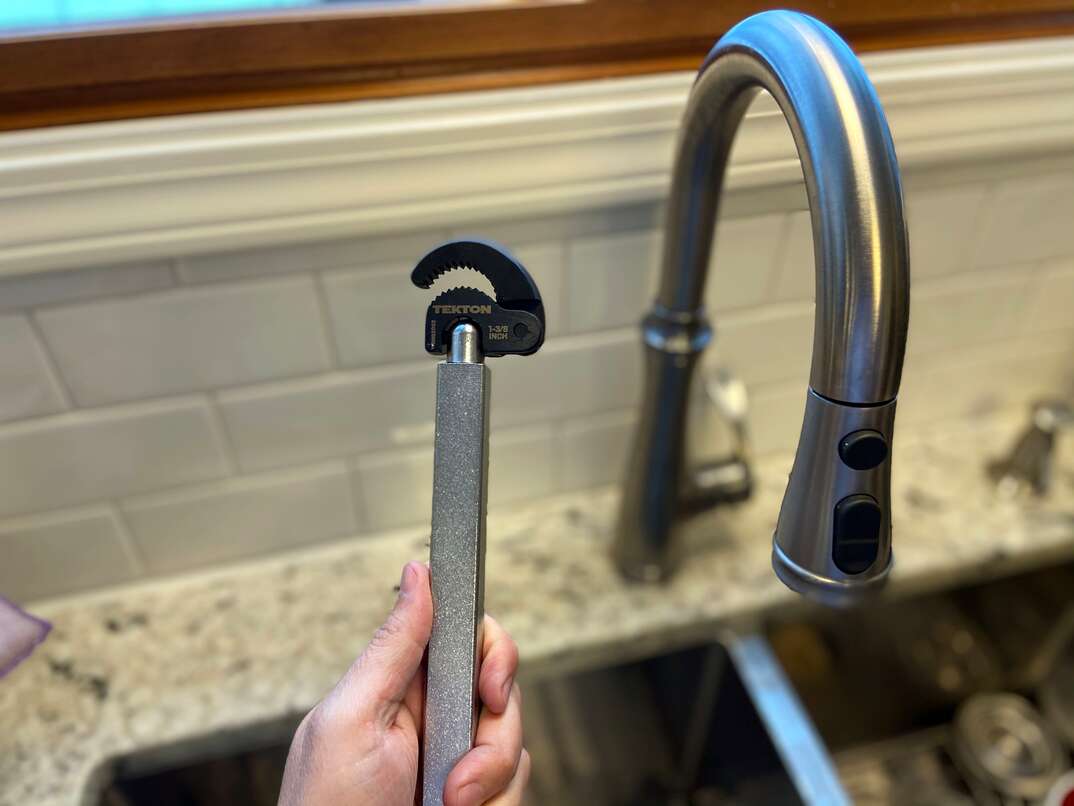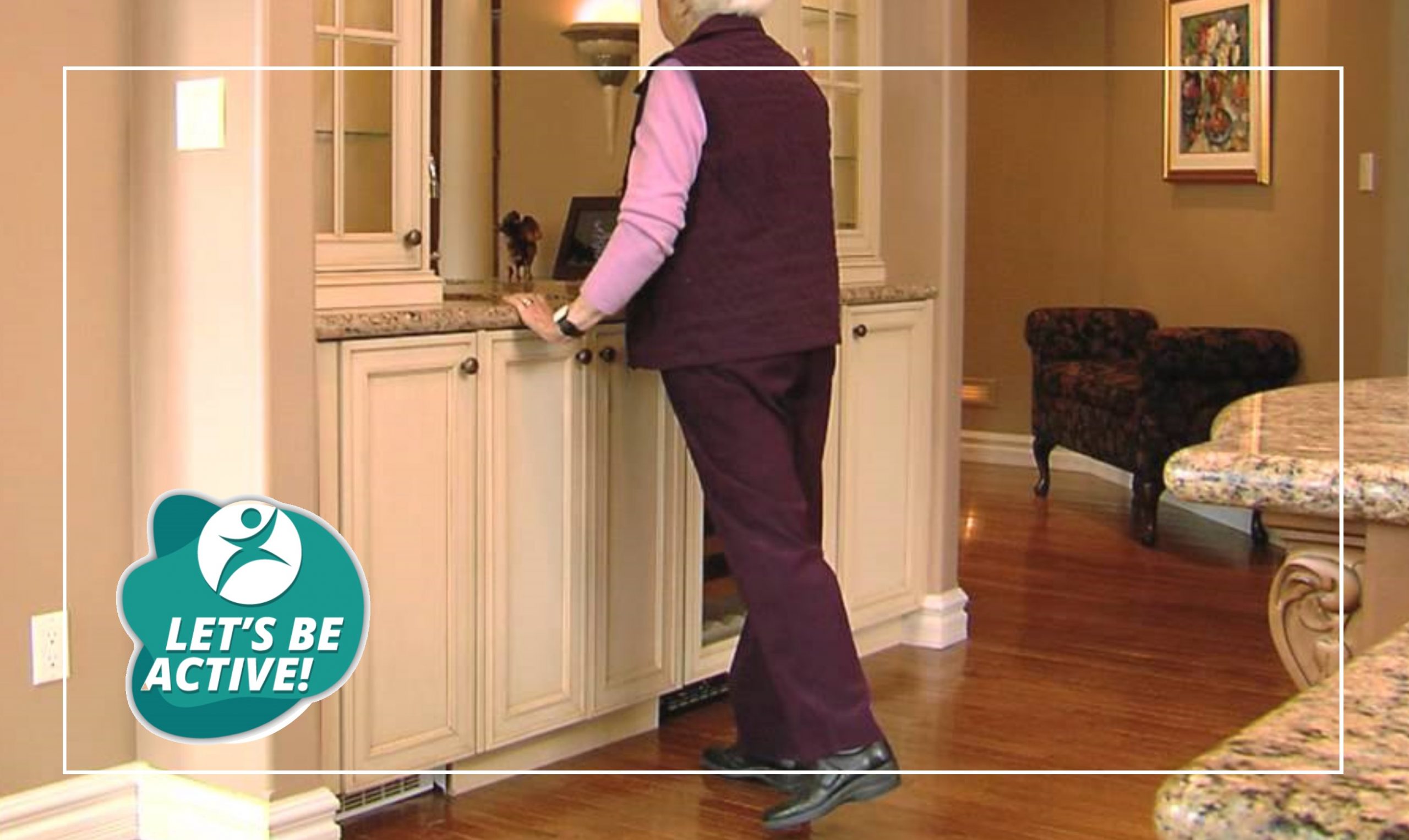If you've noticed a constant drip from your kitchen sink faucet, you're not alone. A leaky faucet is a common household problem that can be frustrating and wasteful. However, the good news is that it's usually a simple fix that you can do yourself. In this guide, we'll walk you through the steps to fixing your leaky kitchen sink faucet so you can save money and water.1. How to Fix a Leaky Kitchen Sink Faucet
Before you call a plumber and spend unnecessary money, try fixing the leaky faucet yourself. With the right tools and a little know-how, you can easily repair the problem. The first step is to determine the cause of the leak.2. DIY: Repairing a Leaky Kitchen Sink Faucet
The most common cause of a leaky kitchen sink faucet is a worn-out cartridge. The cartridge is a small valve that controls the flow of water. Over time, it can become damaged or clogged, causing leaks. To fix this, follow these steps: Step 1: Turn off the water supply to the faucet. This is usually located under the sink. Step 2: Remove the handle of the faucet. This may require a screwdriver or an Allen wrench. Step 3: Take out the cartridge and inspect it for any damage or buildup. If necessary, clean or replace the cartridge. Step 4: Reassemble the faucet and turn the water supply back on. Test the faucet to ensure the leak is fixed.3. Step-by-Step Guide to Fixing a Leaky Kitchen Sink Faucet
Aside from a worn-out cartridge, there are a few other common causes of a leaky kitchen sink faucet. These include: • Loose or damaged O-ring: This is a small rubber ring that helps seal the faucet. If it becomes loose or damaged, it can cause leaks. • Corroded valve seat: The valve seat is the connection between the faucet and the spout. If it becomes corroded, it can cause leaks. • Worn-out washer: The washer is a small rubber seal that helps create a tight seal. Over time, it can become worn and cause leaks.4. Common Causes of a Leaky Kitchen Sink Faucet
If your kitchen sink faucet is still leaking after following the steps above, there may be another underlying issue. Here are a few troubleshooting tips to help you pinpoint the problem: • Check the water pressure: High water pressure can cause leaks. You may need to install a pressure regulator to fix this issue. • Look for cracks or damage: Inspect the faucet for any cracks or damage that may be causing the leak. • Check the pipes: A leaky faucet may be a sign of a bigger plumbing problem. Check the pipes under the sink for any leaks or damage.5. Troubleshooting a Leaky Kitchen Sink Faucet
Before you start, make sure you have the right tools for the job. Here's a list of what you'll need: • Adjustable wrench: This will help you remove the handle and other parts of the faucet. • Screwdriver or Allen wrench: Depending on the type of faucet you have, you may need one of these to remove the handle. • Replacement cartridge: If your cartridge is damaged, you'll need a new one. • Plumbers tape: This will help create a watertight seal when reassembling the faucet.6. Tools You'll Need to Fix a Leaky Kitchen Sink Faucet
If your cartridge is beyond repair and needs to be replaced, follow these steps: Step 1: Turn off the water supply to the faucet. Step 2: Remove the handle of the faucet. Step 3: Take out the old cartridge and replace it with a new one. Step 4: Reassemble the faucet and turn the water supply back on. Test the faucet to ensure the leak is fixed.7. How to Replace a Cartridge in a Leaky Kitchen Sink Faucet
Prevention is key when it comes to a leaky kitchen sink faucet. Here are a few tips to help you avoid this common problem: • Regularly clean your faucet: Dirt, debris, and hard water can cause buildup and damage to your faucet. Regular cleaning can help prevent leaks. • Don't overtighten the faucet handle: This can put unnecessary strain on the cartridge and cause it to wear out faster. • Fix leaks promptly: A small leak can quickly turn into a bigger problem if not taken care of promptly.8. Tips for Preventing a Leaky Kitchen Sink Faucet
While most leaky kitchen sink faucets can be fixed with minimal effort and tools, some cases may require the help of a professional plumber. If you're not comfortable with DIY repairs or if the problem persists after following the steps above, it's best to call in a professional.9. Professional vs. DIY: Fixing a Leaky Kitchen Sink Faucet
If you find yourself constantly repairing your kitchen sink faucet, it may be time to replace it altogether. Here are a few signs that it's time for a new faucet: • Frequent leaks: If your faucet continues to leak even after repairs, it's likely time for a replacement. • Visible wear and tear: If your faucet is showing signs of rust, corrosion, or cracks, it's time to upgrade. • Outdated design: If you're tired of the look of your current faucet, consider replacing it with a newer, more modern model.10. How to Know When It's Time to Replace Your Kitchen Sink Faucet
Why You Should Fix Your Leaky Kitchen Sink Faucet

Save Money and Conserve Water
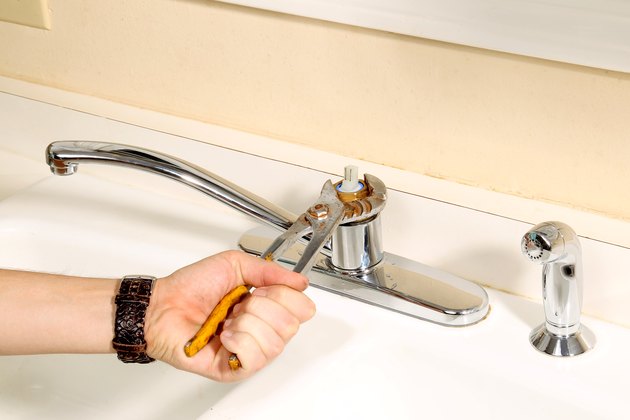 A leaky kitchen sink faucet may seem like a minor inconvenience, but it can actually end up costing you a lot of money. According to the Environmental Protection Agency, a faucet that drips once per second can waste over 3,000 gallons of water per year. This not only puts a strain on the environment, but it can also significantly increase your water bill. By fixing your leaky kitchen sink faucet, you can save money on your water bill and help conserve this precious resource.
A leaky kitchen sink faucet may seem like a minor inconvenience, but it can actually end up costing you a lot of money. According to the Environmental Protection Agency, a faucet that drips once per second can waste over 3,000 gallons of water per year. This not only puts a strain on the environment, but it can also significantly increase your water bill. By fixing your leaky kitchen sink faucet, you can save money on your water bill and help conserve this precious resource.
Prevent Further Damage
 Not only can a leaky faucet waste water and money, but it can also cause damage to your kitchen. Over time, the constant dripping can cause stains and damage to your sink and countertops. This can be especially problematic if you have a stone or marble countertop, as the water can seep into the porous surface and cause discoloration or even cracks. By fixing your leaky faucet, you can prevent further damage and costly repairs in the future.
Not only can a leaky faucet waste water and money, but it can also cause damage to your kitchen. Over time, the constant dripping can cause stains and damage to your sink and countertops. This can be especially problematic if you have a stone or marble countertop, as the water can seep into the porous surface and cause discoloration or even cracks. By fixing your leaky faucet, you can prevent further damage and costly repairs in the future.
Improve the Aesthetic of Your Kitchen
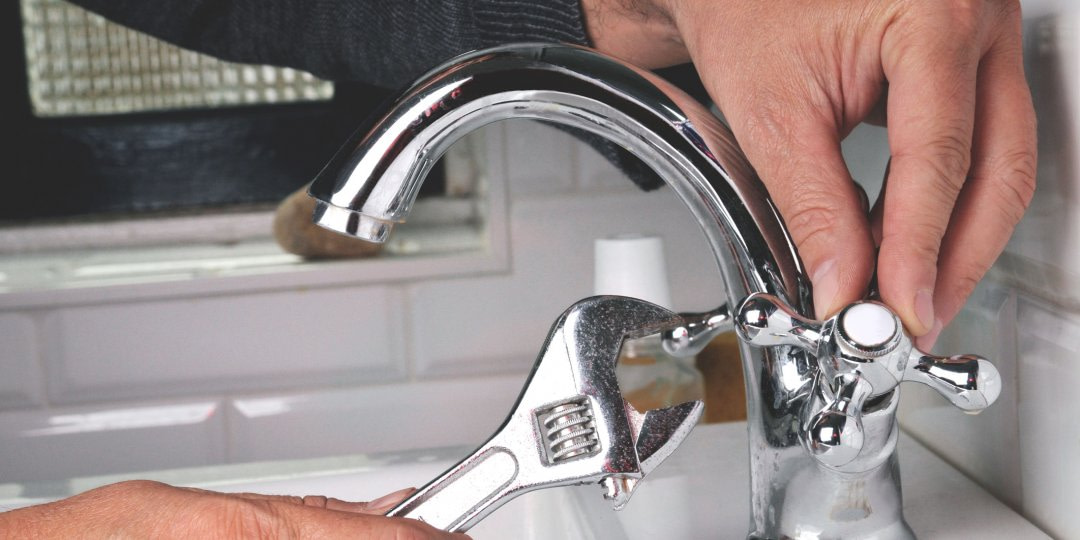 A leaky kitchen sink faucet can also be an eyesore in an otherwise beautiful kitchen. The constant dripping can create a mess and make your kitchen appear unkempt. By fixing the leak, you can improve the overall aesthetic of your kitchen and make it a more inviting and pleasant space.
A leaky kitchen sink faucet can also be an eyesore in an otherwise beautiful kitchen. The constant dripping can create a mess and make your kitchen appear unkempt. By fixing the leak, you can improve the overall aesthetic of your kitchen and make it a more inviting and pleasant space.
Easy DIY Fix
 Fixing a leaky kitchen sink faucet may seem like a daunting task, but it is actually a relatively simple DIY project that can be done in just a few steps. All you need is some basic tools,
such as a wrench and plumber's tape
, and a little bit of time. By fixing the leak yourself, you can save money on hiring a professional plumber and feel a sense of accomplishment for completing the task on your own.
Fixing a leaky kitchen sink faucet may seem like a daunting task, but it is actually a relatively simple DIY project that can be done in just a few steps. All you need is some basic tools,
such as a wrench and plumber's tape
, and a little bit of time. By fixing the leak yourself, you can save money on hiring a professional plumber and feel a sense of accomplishment for completing the task on your own.
Conclusion
 In summary, fixing a leaky kitchen sink faucet is not only beneficial for your wallet and the environment, but it can also improve the overall look and functionality of your kitchen. Don't let a small leak turn into a big problem – take the time to fix your faucet and enjoy the many benefits that come with it.
In summary, fixing a leaky kitchen sink faucet is not only beneficial for your wallet and the environment, but it can also improve the overall look and functionality of your kitchen. Don't let a small leak turn into a big problem – take the time to fix your faucet and enjoy the many benefits that come with it.




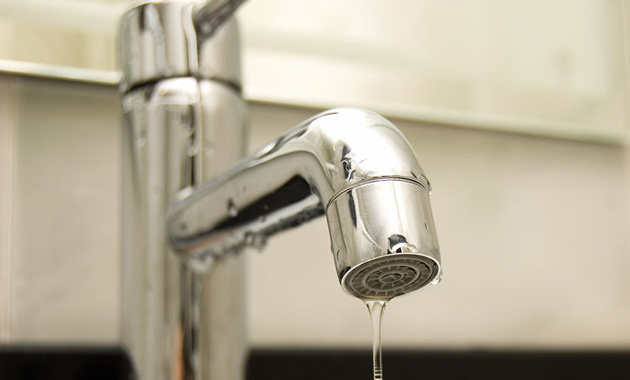






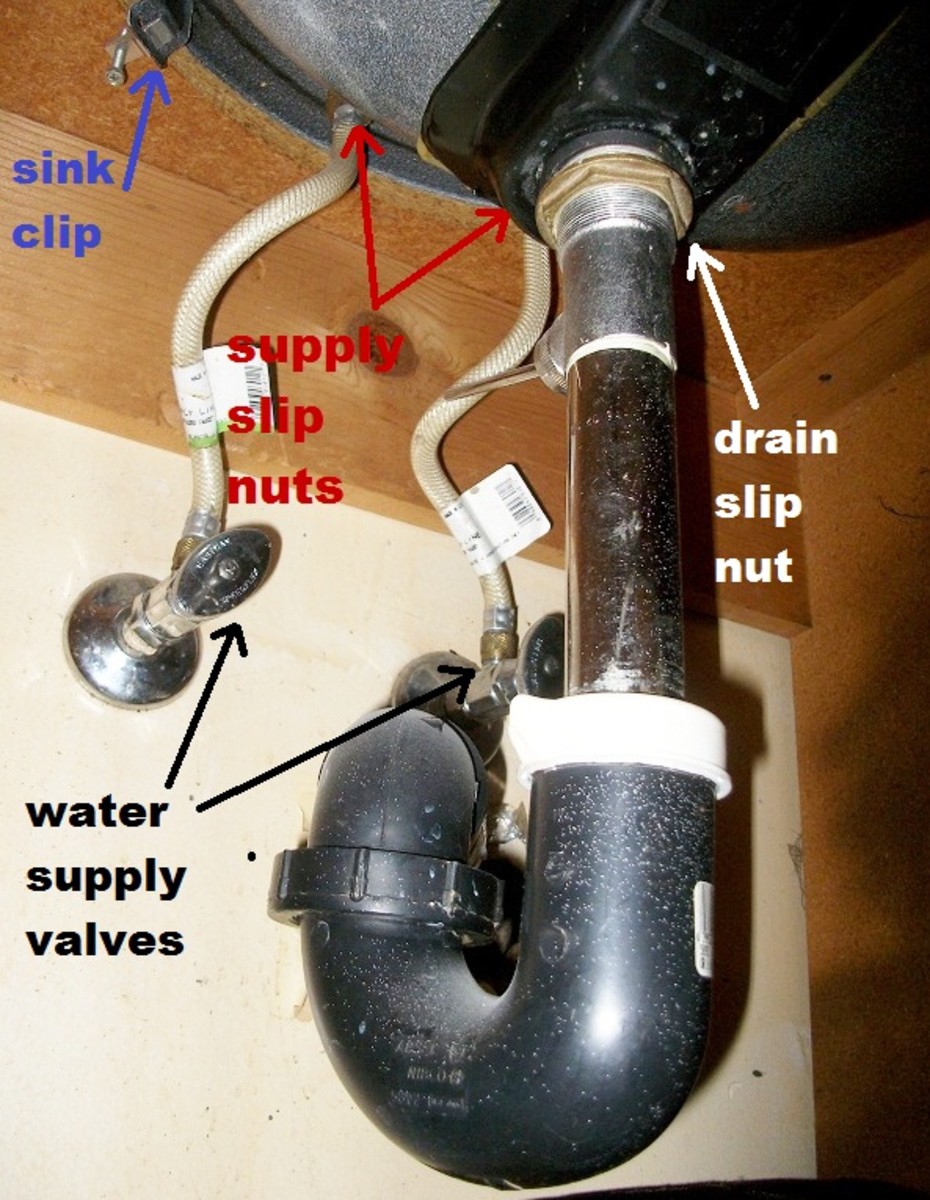




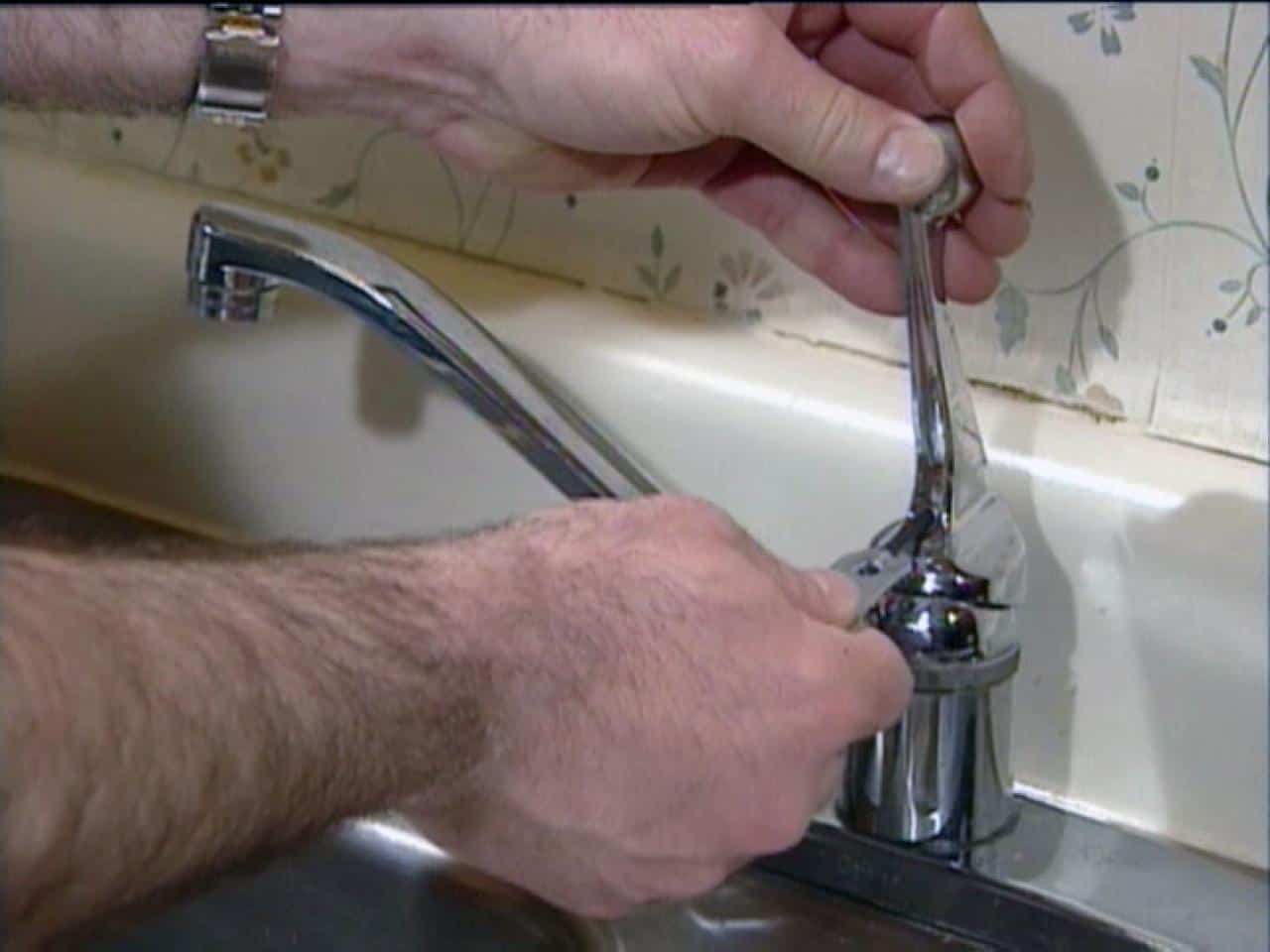
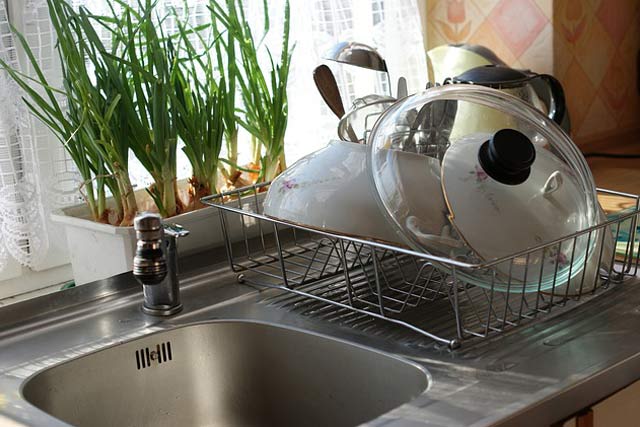


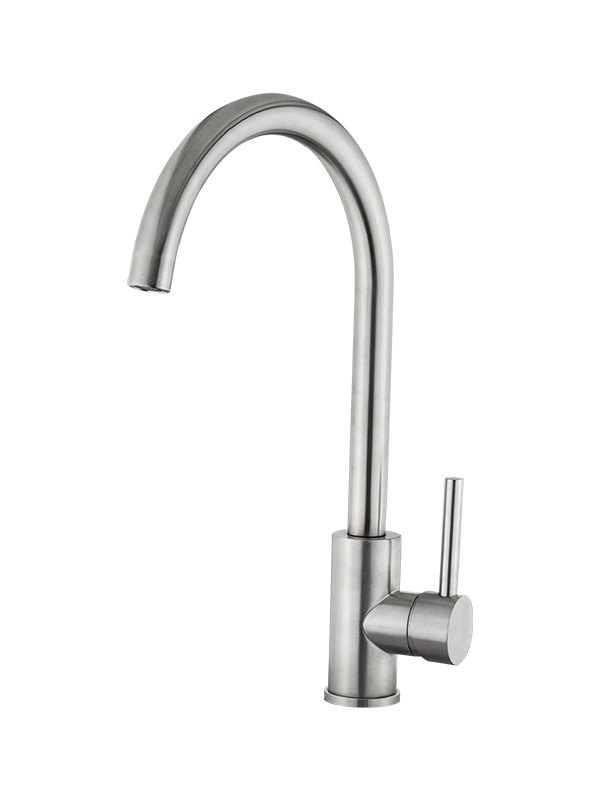



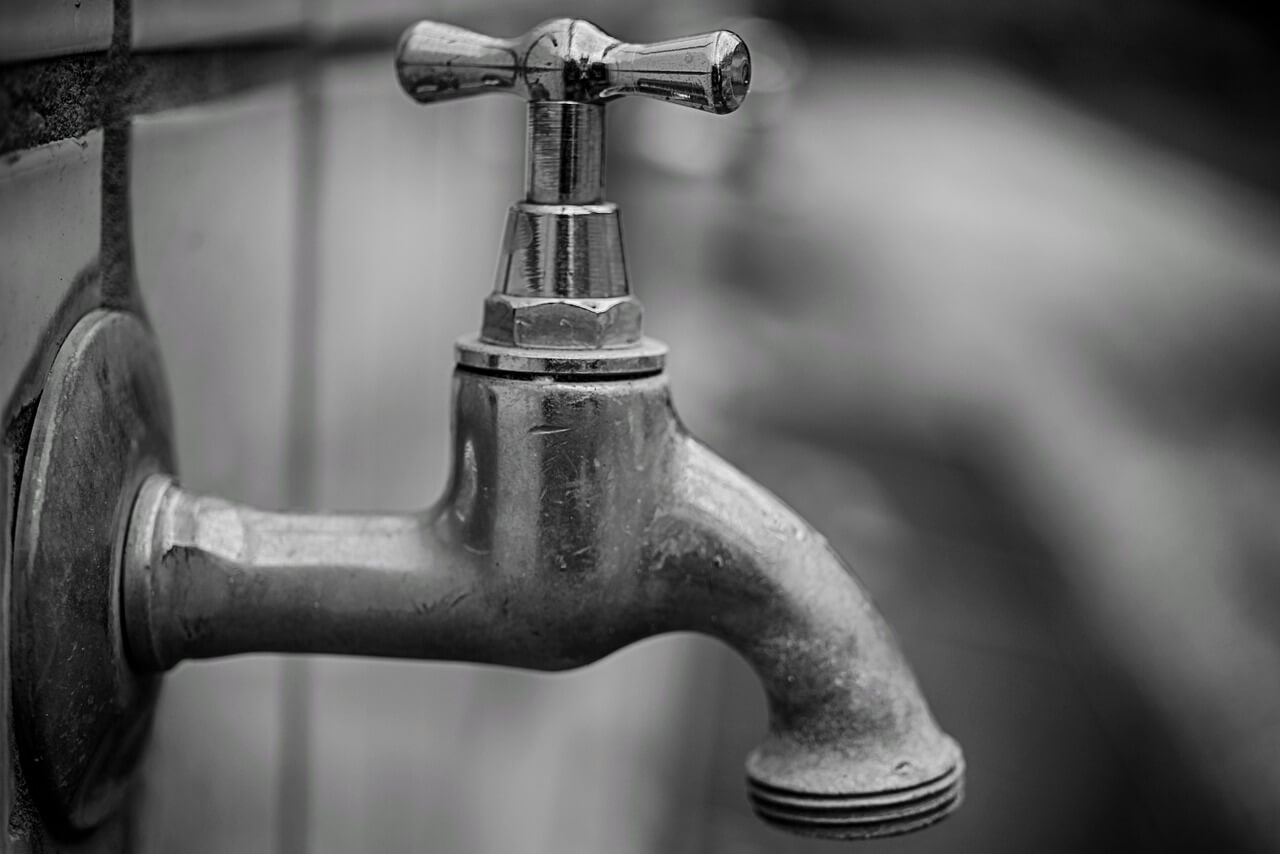
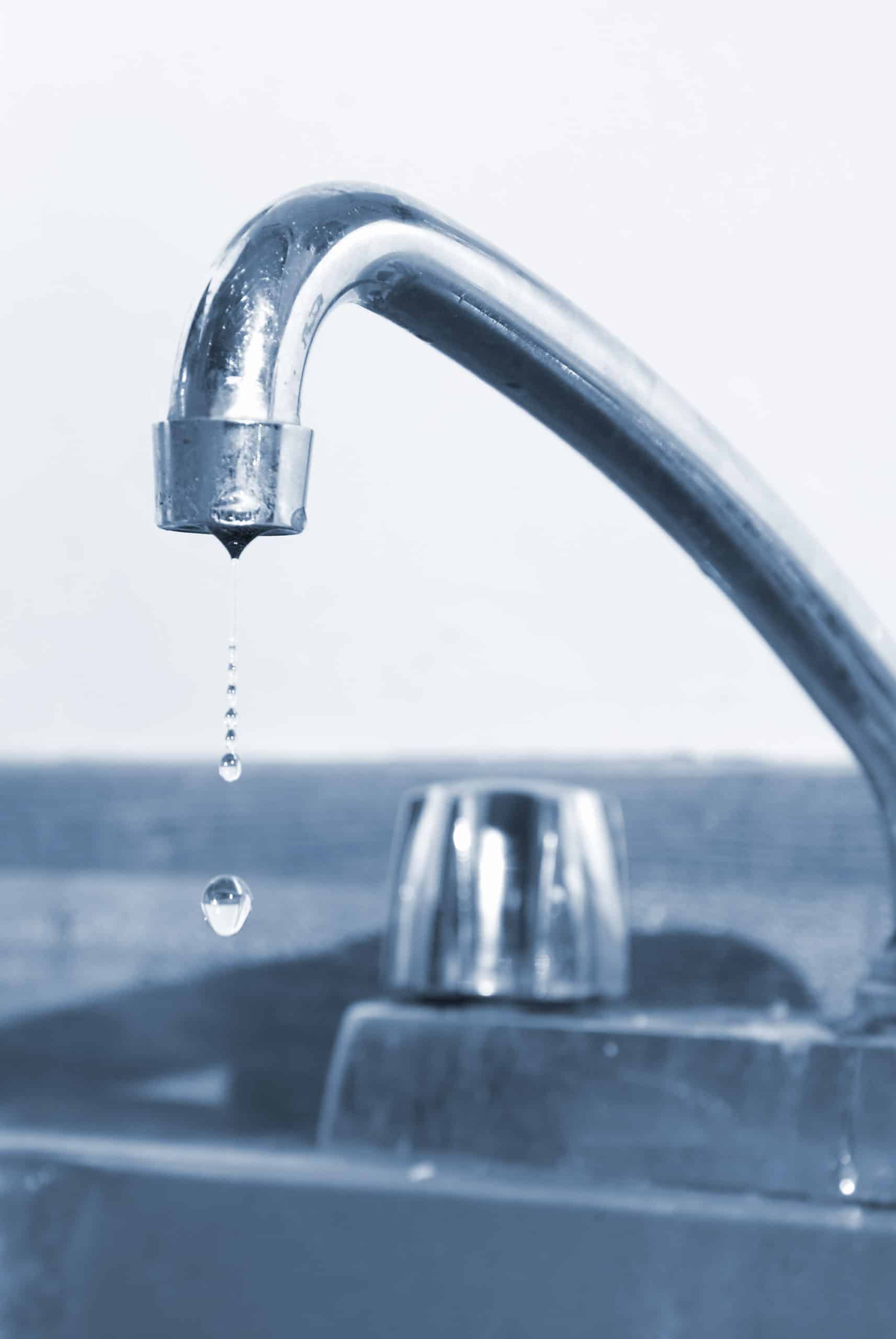
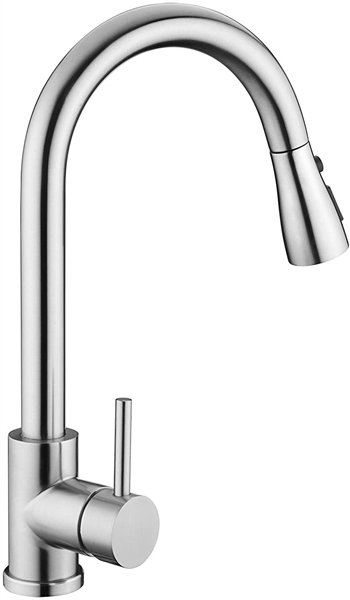
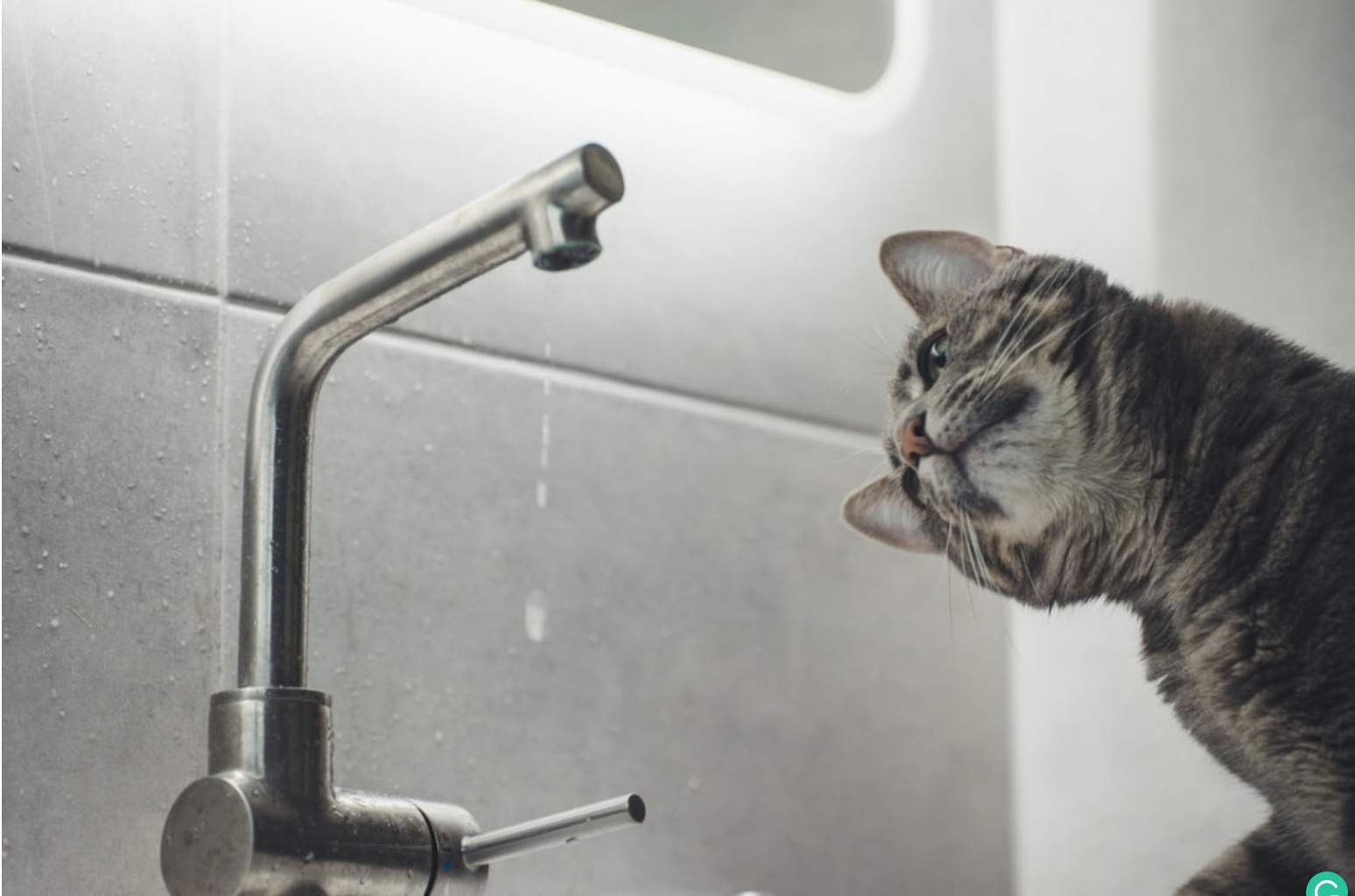
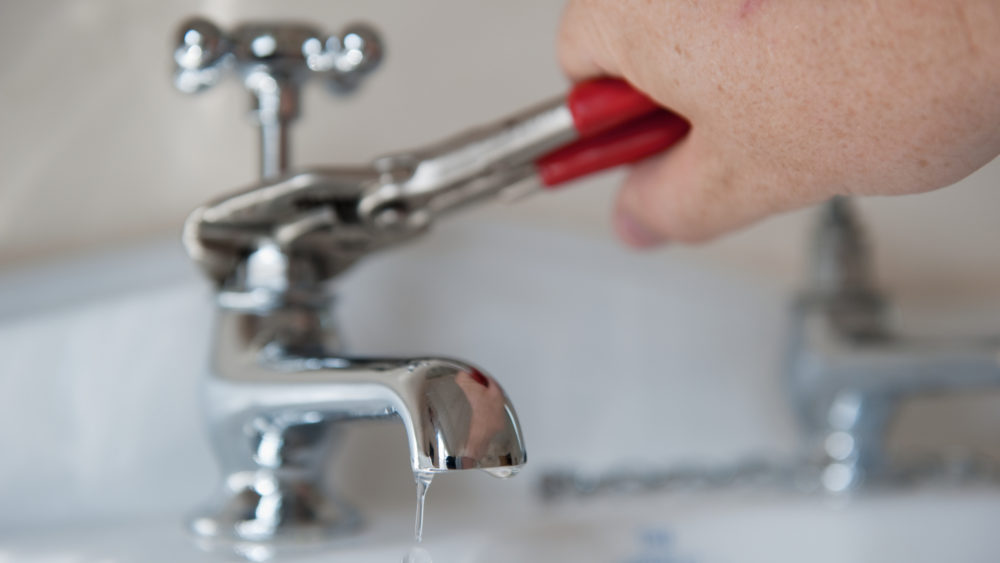


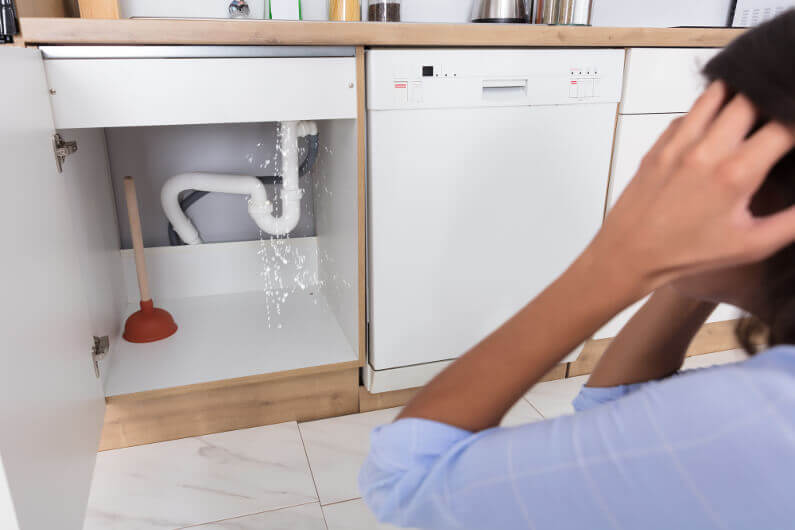
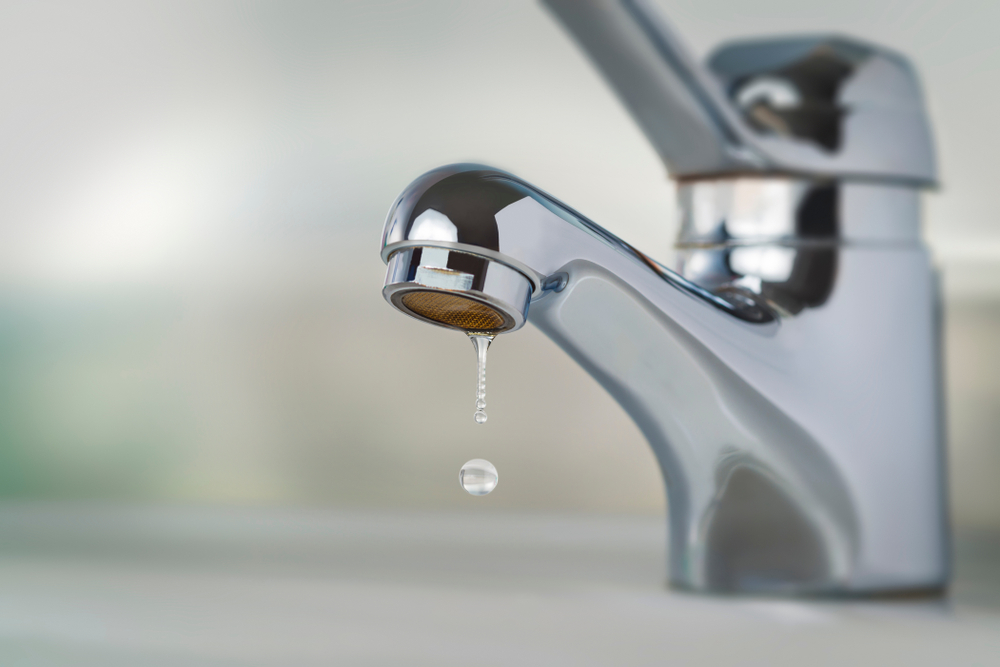



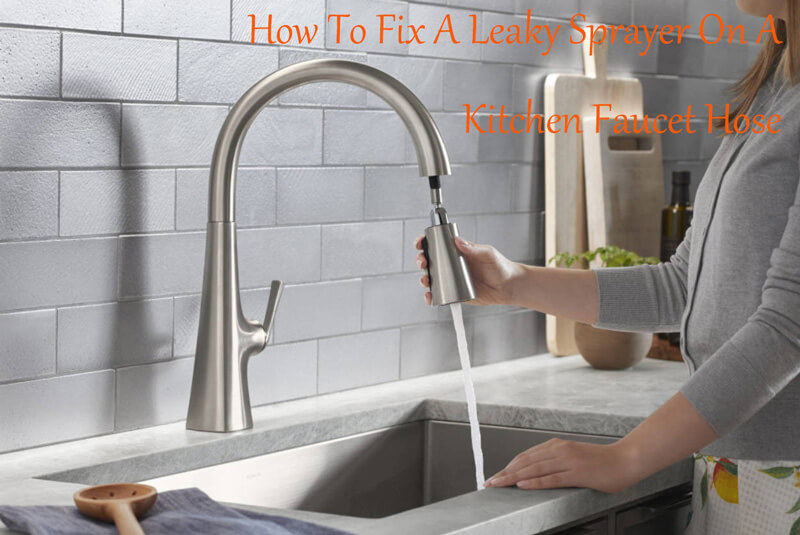





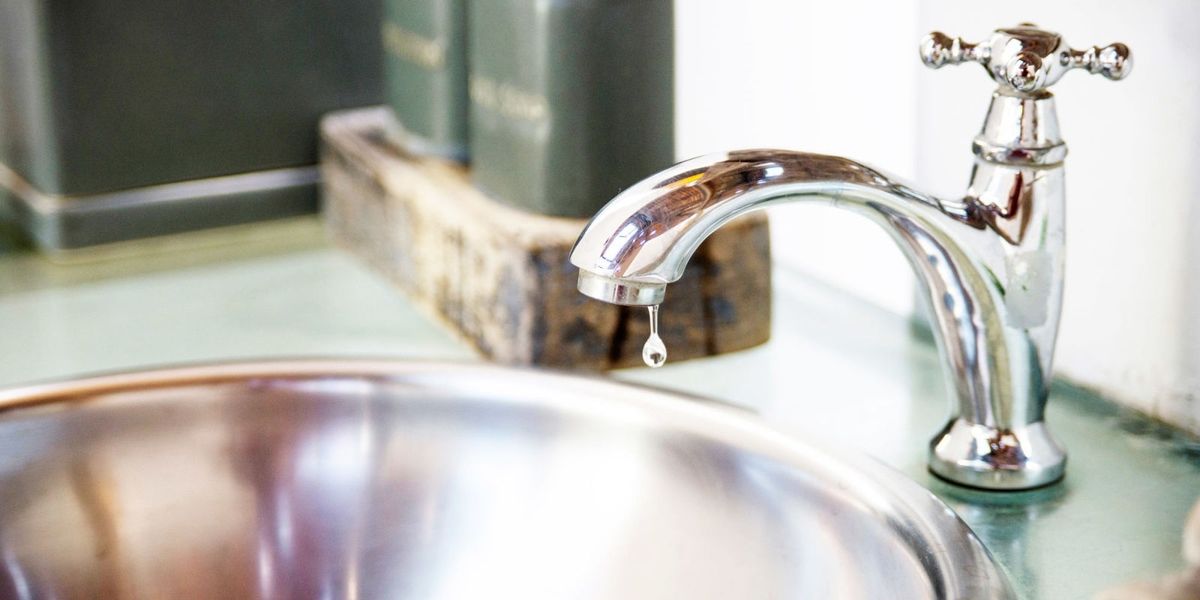

/repair-leaky-single-handle-cartridge-faucet-1824629-07-ace20468c6c74540b56d49454f7a491e.jpg)
